By business reporter Gareth Hutchens
3/13/2021 ABC.AU
A drawing of a Macassan sea captain known as Pobassoo
(by William Westall in 1803.(Supplied: Campbell Macknight)
What is international trade?
In a simple sense, it's the exchange of goods and services between countries.
It allows people to have access to items from foreign lands.
When practised, it can also encourage cultural exchange and promote friendships (or antagonisms) with other groups.
It just depends how it's conducted.
Australia has a long history of trade
From the 1700s (at least), well before the colony of New South Wales was established in 1788, the Aboriginal people of northern Australia were trading trepang (sea cucumber) with fishermen from Makassar, a port-city on the island of Sulawesi (now Indonesia).
The "Macassan" fishermen would sail to Australia around December each year, with the north-west monsoonal winds.
They would spend months living on Australian beaches, collecting and processing the trepang, before returning home with their haul.
Their catch was destined for China.
"The north coast of Australia, southern China and Makassar were all connected by an international trading network that centred on trepang," curator Alison Mercieca, of the National Museum of Australia, said in a 2008 lecture.
That trade network matured over centuries, and became a popular source of food for the Chinese market.
"Throughout the nineteenth century it would appear that a majority of trepang traded from Makassar was supplied by the fleets which sailed to Arnhem Land and perhaps even supplying about a quarter of the total Chinese market by the mid-nineteenth century," she said.
Islam arrived in Australia before the British
That trepang industry facilitated an important cultural exchange.
Hundreds of foreign words from the Indonesian archipelago and beyond were absorbed by local languages in northern Australia.
"As a result of this longstanding contact, Yolngu languages are tinted with Malay, Bugis and Makassarese inflections much like English is inflected with French," wrote Regina Ganter, an historian specialising in interactions between Indigenous, Asian, and European peoples in Australia, in 2013.
According to oral tradition, when the Macassans returned home with their cargo, Aboriginal people would sometimes join them, sailing back on the small Macassan boats called praus, to spend the dry season in Sulawesi or travel further afield.
The Muslim Macassans also shared their religious ideas with their trading partners from the south.
"According to descriptions by Yolngu elders, prayer-men (or imam) accompanied the Macassan trepang fleets," Professor Ganter wrote.
"These were the ceremonial leaders, a role referred to as 'sick-man' (buwagerul) in the Yolngumatha language of north-east Arnhem Land.
"David Burrumarra [a Yolngu elder] remembered in the 1980s with amazing detail how an imam or 'sick-man' would climb to the top of the mast to chant when the fleet departed, and pray at sunset, resounding an 'ama!' towards the setting sun, then bow his head to the ground and exclaim 'walata'walata!'"
Walitha'walitha is also the name of the creation spirit which belongs to the Wuramu song cycle of northeast Arnhem Land, Ganter noted.
The 'Malay Road' in the ocean
In 1803, the navigator Matthew Flinders, after completing his survey of the Gulf of Carpentaria, recorded in his journal an encounter with a number of Maccasan sailing boats.
"These people were Mahometans," he wrote in one entry, using an old-fashioned term for Muslim.
"According to Pobassoo [a Macassan chief with whom Flinders spoke] sixty praus belonging to the Rajah of Boni and carrying a thousand men, had left Macassar with the north-west monsoon, two months before."
Boni was one of the most powerful states in Sulawesi at the time.
Flinders was so impressed by the number of praus he saw off the north-eastern tip of Arnhem Land, he called the channel of water through which they were passing the "Malay Road".
Trepang trade collapses
That traditional trepang trade network was shut down after the 1906-07 season by the South Australian government, which administered the Northern Territory at the time.
The government refused to grant fishing licences to non-Australian operators, putting an end to the Macassan voyages.
At the time, sophisticated alternative networks of Australian international trade had already been established, for products such as whale oil, wool and gold.
Indeed, by the 1880s, the United Kingdom was colonial Australia's largest trading partner, supplying 70 per cent of its imports and accepting 80 per cent of its exports.
After federation in 1901, Australia's heavy dependence on British trade continued.
"The new nation accepted its dependence on British capital and diplomacy and felt no immediate pressure to communicate with its neighbours to the north," wrote Paul Thomas, an affiliate researcher at Monash University, in Macassan History and Heritage: Journeys, Encounters and Influences, in 2013.
Twentieth century sees trade shift away from Britain
Through the 20th century, Australia's trade relationships evolved and deepened.
But it took decades to shed its reliance on Britain.
From 1901 until the Second World War, a small number of major agricultural products were exported to markets in the British Empire.
The UK bought 50.7 per cent of Australia's total exports in 1901, rising to 62 per cent during the First World War, and remaining above 50 per cent until the start of the Second World War.
It wasn't until the 1940s that Australia's exported goods began diversifying significantly, towards manufactured goods and resources.
By 1963-64, the United Kingdom was still Australia's largest destination for exported goods, but it was deepening its trade ties with its European neighbours (after joining the European Free Trade Association in 1960).
In 1966-67, Japan became Australia's leading export destination.
It retained that dominant position for the rest of the century, while Australia kept diversifying its export and import bases as it reduced tariffs and joined the global market.
Japan surpassed by larger trading partner
In 2009-10, China surpassed Japan as Australia's leading export destination.
It is now Australia's biggest trading partner for exports and imports.
In 2019-20, 39 per cent of all goods exported by Australia went to China, and 27 per cent of all goods imported were from China.
According to the Bureau of Statistics, the value of Australian exports to China doubled in the five years between 2014-15 to 2019-20, from $75 billion to $150 billion.
That growth was driven by exports of resource commodities, with iron ore accounting for 56 per cent of exports in 2019-20 alone.
More than a century after northern Australia's trepang trade was scuppered, modern Australia has emphatically returned its attention to its northern neighbours.
Concerns about China?
However, some analysts are now asking if Australia has become too reliant on China.
In the late 1940s, Australia's top five merchandise export markets accounted for around 70 per cent of its exports, but that fell to 50 per cent in the 1970s, 80s and 90s with the trend towards greater diversification in its export markets.
"However, from the start of the resources boom in the last half of the 2000s, the share has risen again with the top five markets now accounting for just over 65 per cent of Australia's merchandise exports in 2014-15 (with China accounting for 32 per cent)," DFAT warned a few years ago.
Since then, analysts have noted a growing asymmetry in the trade relationship too.
"Australia has no realistic alternative market to China for a third of its exports and no viable source but China for almost a fifth of its imports," wrote David Uren, for the Australian Strategic Policy Institute, in November.
"By contrast, it is only as a supplier of minerals that Australia has any significance to the Chinese economy.
"The asymmetry in the trade relationship has been laid bare by Beijing's exercise of economic coercion, with interruptions to Australia's sales to China of barley, coal, cotton, beef, lobsters and threats to more, including wine, sugar, timber, copper, wool, education and tourism," wrote Uren in November.
The 'Quad' regional meeting
Last week, the leaders of the United States, India, Japan and Australia held an historic quadrilateral meeting, where they discussed the global roll-out of COVID-19 vaccines, and the threat posed by China's emerging power.
It was a delicate position for Australia to be in, given relations with its powerful northern neighbour are so volatile.
What is international trade?
In a simple sense, it's the exchange of goods and services between countries.
It allows people to have access to items from foreign lands.
When practised, it can also encourage cultural exchange and promote friendships (or antagonisms) with other groups.
It just depends how it's conducted.
Australia has a long history of trade
From the 1700s (at least), well before the colony of New South Wales was established in 1788, the Aboriginal people of northern Australia were trading trepang (sea cucumber) with fishermen from Makassar, a port-city on the island of Sulawesi (now Indonesia).
The "Macassan" fishermen would sail to Australia around December each year, with the north-west monsoonal winds.
They would spend months living on Australian beaches, collecting and processing the trepang, before returning home with their haul.
Their catch was destined for China.
"The north coast of Australia, southern China and Makassar were all connected by an international trading network that centred on trepang," curator Alison Mercieca, of the National Museum of Australia, said in a 2008 lecture.
That trade network matured over centuries, and became a popular source of food for the Chinese market.
"Throughout the nineteenth century it would appear that a majority of trepang traded from Makassar was supplied by the fleets which sailed to Arnhem Land and perhaps even supplying about a quarter of the total Chinese market by the mid-nineteenth century," she said.
Islam arrived in Australia before the British
That trepang industry facilitated an important cultural exchange.
Hundreds of foreign words from the Indonesian archipelago and beyond were absorbed by local languages in northern Australia.
"As a result of this longstanding contact, Yolngu languages are tinted with Malay, Bugis and Makassarese inflections much like English is inflected with French," wrote Regina Ganter, an historian specialising in interactions between Indigenous, Asian, and European peoples in Australia, in 2013.
According to oral tradition, when the Macassans returned home with their cargo, Aboriginal people would sometimes join them, sailing back on the small Macassan boats called praus, to spend the dry season in Sulawesi or travel further afield.
The Muslim Macassans also shared their religious ideas with their trading partners from the south.
"According to descriptions by Yolngu elders, prayer-men (or imam) accompanied the Macassan trepang fleets," Professor Ganter wrote.
"These were the ceremonial leaders, a role referred to as 'sick-man' (buwagerul) in the Yolngumatha language of north-east Arnhem Land.
"David Burrumarra [a Yolngu elder] remembered in the 1980s with amazing detail how an imam or 'sick-man' would climb to the top of the mast to chant when the fleet departed, and pray at sunset, resounding an 'ama!' towards the setting sun, then bow his head to the ground and exclaim 'walata'walata!'"
Walitha'walitha is also the name of the creation spirit which belongs to the Wuramu song cycle of northeast Arnhem Land, Ganter noted.
The 'Malay Road' in the ocean
In 1803, the navigator Matthew Flinders, after completing his survey of the Gulf of Carpentaria, recorded in his journal an encounter with a number of Maccasan sailing boats.
"These people were Mahometans," he wrote in one entry, using an old-fashioned term for Muslim.
"According to Pobassoo [a Macassan chief with whom Flinders spoke] sixty praus belonging to the Rajah of Boni and carrying a thousand men, had left Macassar with the north-west monsoon, two months before."
Boni was one of the most powerful states in Sulawesi at the time.
Flinders was so impressed by the number of praus he saw off the north-eastern tip of Arnhem Land, he called the channel of water through which they were passing the "Malay Road".
Trepang trade collapses
That traditional trepang trade network was shut down after the 1906-07 season by the South Australian government, which administered the Northern Territory at the time.
The government refused to grant fishing licences to non-Australian operators, putting an end to the Macassan voyages.
At the time, sophisticated alternative networks of Australian international trade had already been established, for products such as whale oil, wool and gold.
Indeed, by the 1880s, the United Kingdom was colonial Australia's largest trading partner, supplying 70 per cent of its imports and accepting 80 per cent of its exports.
After federation in 1901, Australia's heavy dependence on British trade continued.
"The new nation accepted its dependence on British capital and diplomacy and felt no immediate pressure to communicate with its neighbours to the north," wrote Paul Thomas, an affiliate researcher at Monash University, in Macassan History and Heritage: Journeys, Encounters and Influences, in 2013.
Twentieth century sees trade shift away from Britain
Through the 20th century, Australia's trade relationships evolved and deepened.
But it took decades to shed its reliance on Britain.
From 1901 until the Second World War, a small number of major agricultural products were exported to markets in the British Empire.
The UK bought 50.7 per cent of Australia's total exports in 1901, rising to 62 per cent during the First World War, and remaining above 50 per cent until the start of the Second World War.
It wasn't until the 1940s that Australia's exported goods began diversifying significantly, towards manufactured goods and resources.
By 1963-64, the United Kingdom was still Australia's largest destination for exported goods, but it was deepening its trade ties with its European neighbours (after joining the European Free Trade Association in 1960).
In 1966-67, Japan became Australia's leading export destination.
It retained that dominant position for the rest of the century, while Australia kept diversifying its export and import bases as it reduced tariffs and joined the global market.
Japan surpassed by larger trading partner
In 2009-10, China surpassed Japan as Australia's leading export destination.
It is now Australia's biggest trading partner for exports and imports.
In 2019-20, 39 per cent of all goods exported by Australia went to China, and 27 per cent of all goods imported were from China.
According to the Bureau of Statistics, the value of Australian exports to China doubled in the five years between 2014-15 to 2019-20, from $75 billion to $150 billion.
That growth was driven by exports of resource commodities, with iron ore accounting for 56 per cent of exports in 2019-20 alone.
More than a century after northern Australia's trepang trade was scuppered, modern Australia has emphatically returned its attention to its northern neighbours.
Concerns about China?
However, some analysts are now asking if Australia has become too reliant on China.
In the late 1940s, Australia's top five merchandise export markets accounted for around 70 per cent of its exports, but that fell to 50 per cent in the 1970s, 80s and 90s with the trend towards greater diversification in its export markets.
"However, from the start of the resources boom in the last half of the 2000s, the share has risen again with the top five markets now accounting for just over 65 per cent of Australia's merchandise exports in 2014-15 (with China accounting for 32 per cent)," DFAT warned a few years ago.
Since then, analysts have noted a growing asymmetry in the trade relationship too.
"Australia has no realistic alternative market to China for a third of its exports and no viable source but China for almost a fifth of its imports," wrote David Uren, for the Australian Strategic Policy Institute, in November.
"By contrast, it is only as a supplier of minerals that Australia has any significance to the Chinese economy.
"The asymmetry in the trade relationship has been laid bare by Beijing's exercise of economic coercion, with interruptions to Australia's sales to China of barley, coal, cotton, beef, lobsters and threats to more, including wine, sugar, timber, copper, wool, education and tourism," wrote Uren in November.
The 'Quad' regional meeting
Last week, the leaders of the United States, India, Japan and Australia held an historic quadrilateral meeting, where they discussed the global roll-out of COVID-19 vaccines, and the threat posed by China's emerging power.
It was a delicate position for Australia to be in, given relations with its powerful northern neighbour are so volatile.



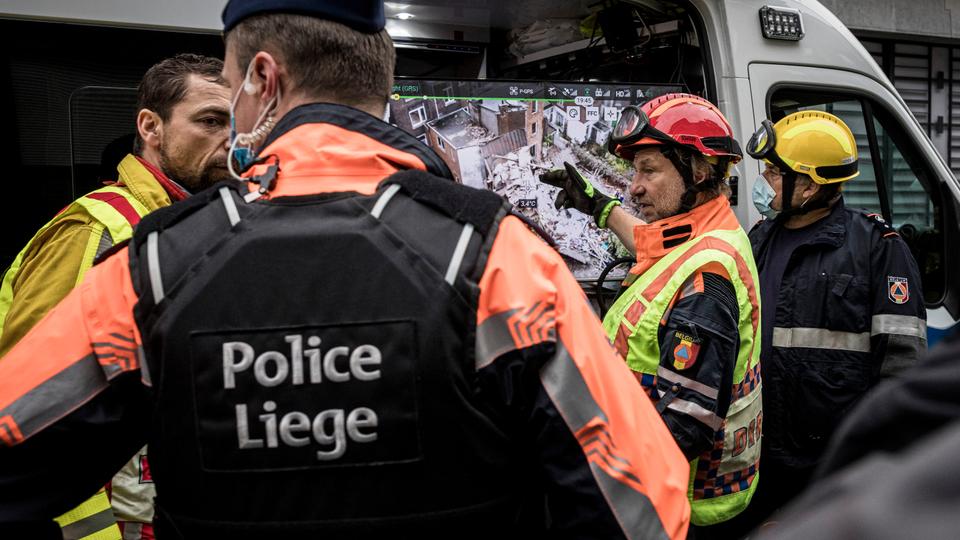
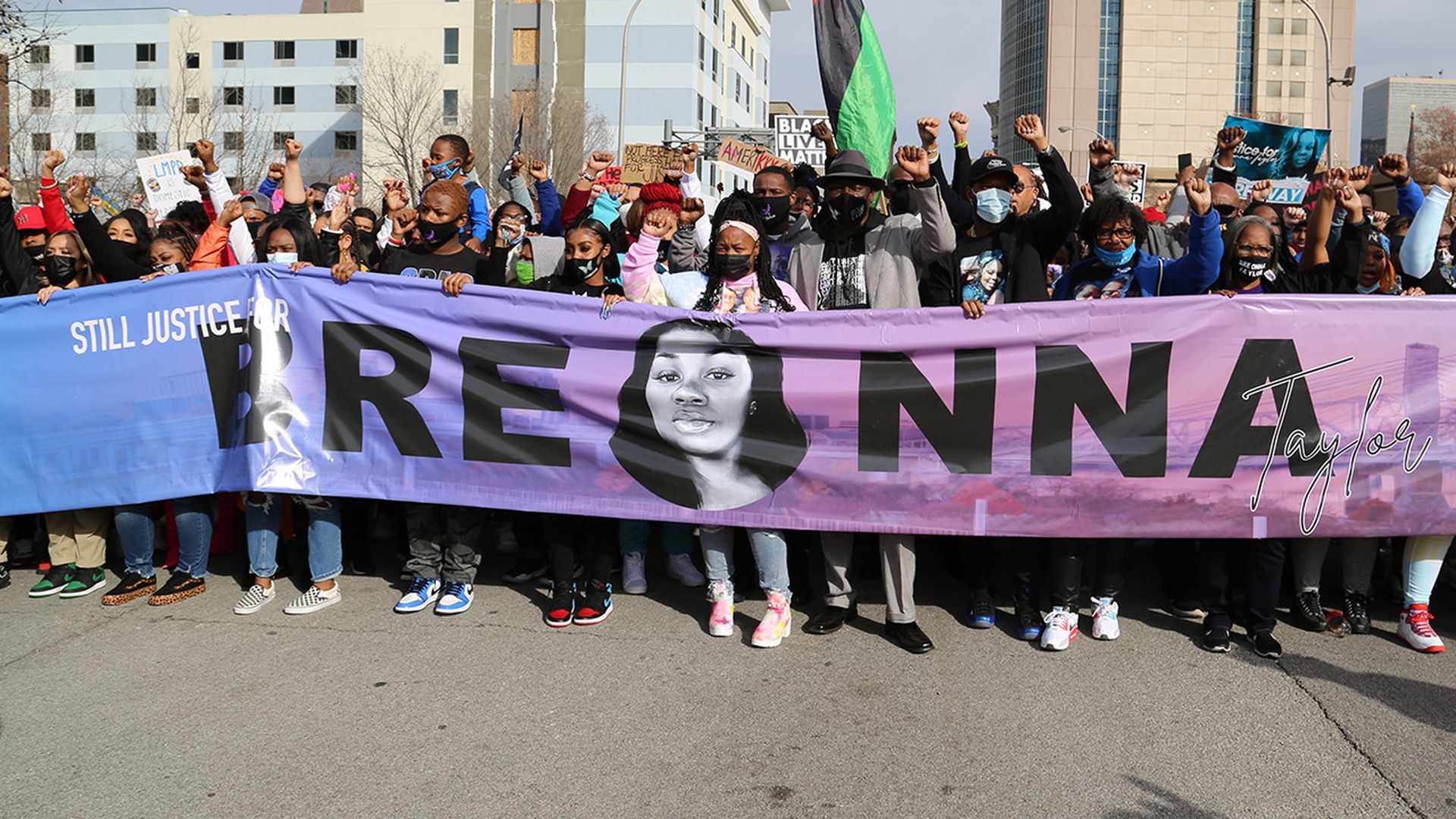
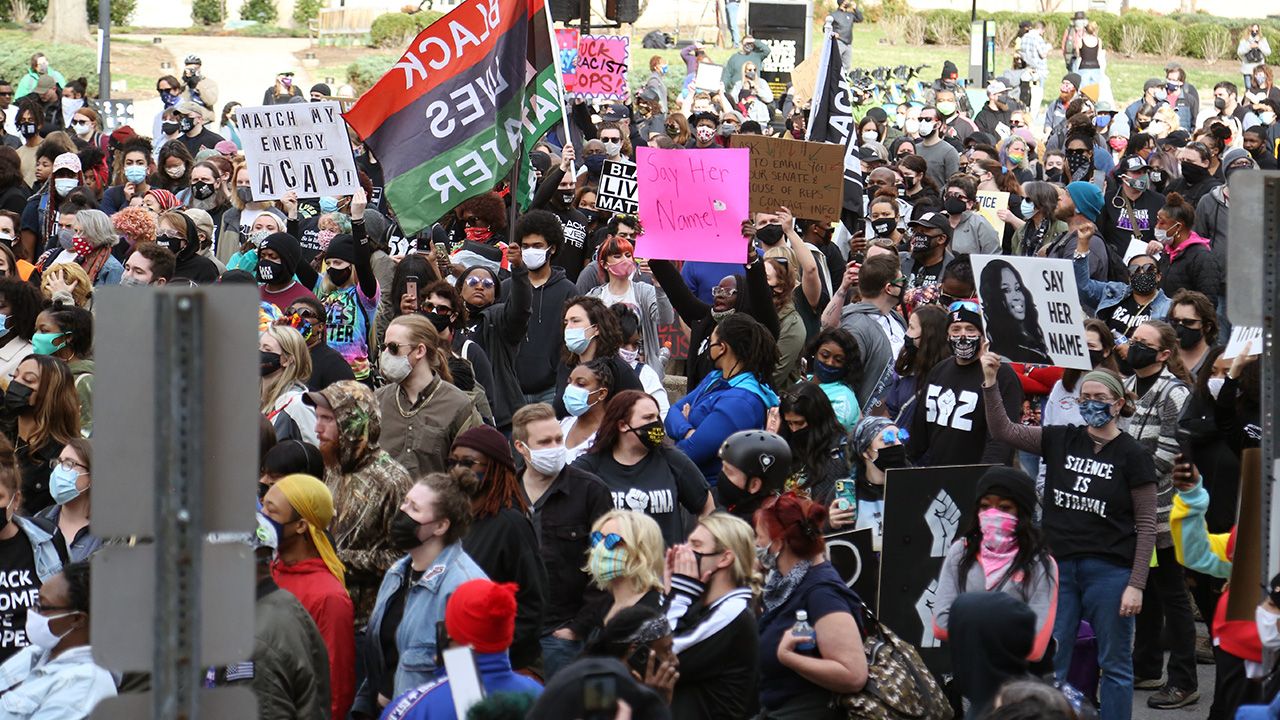
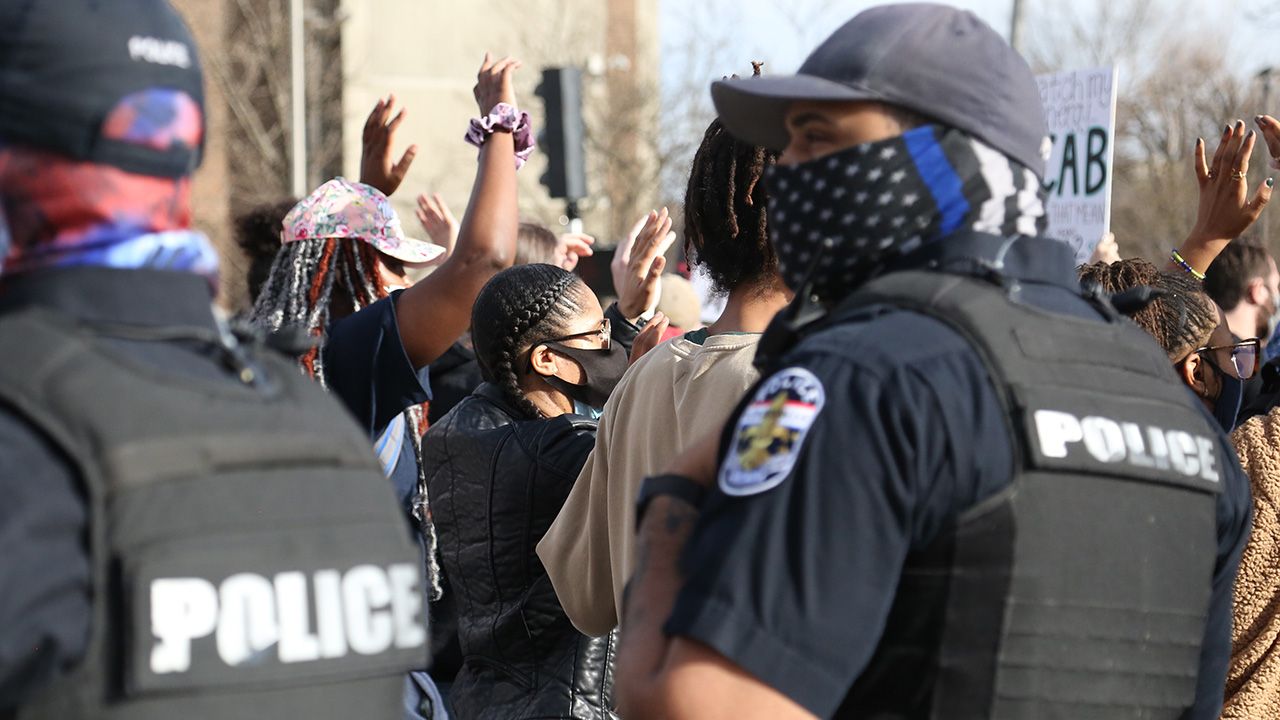
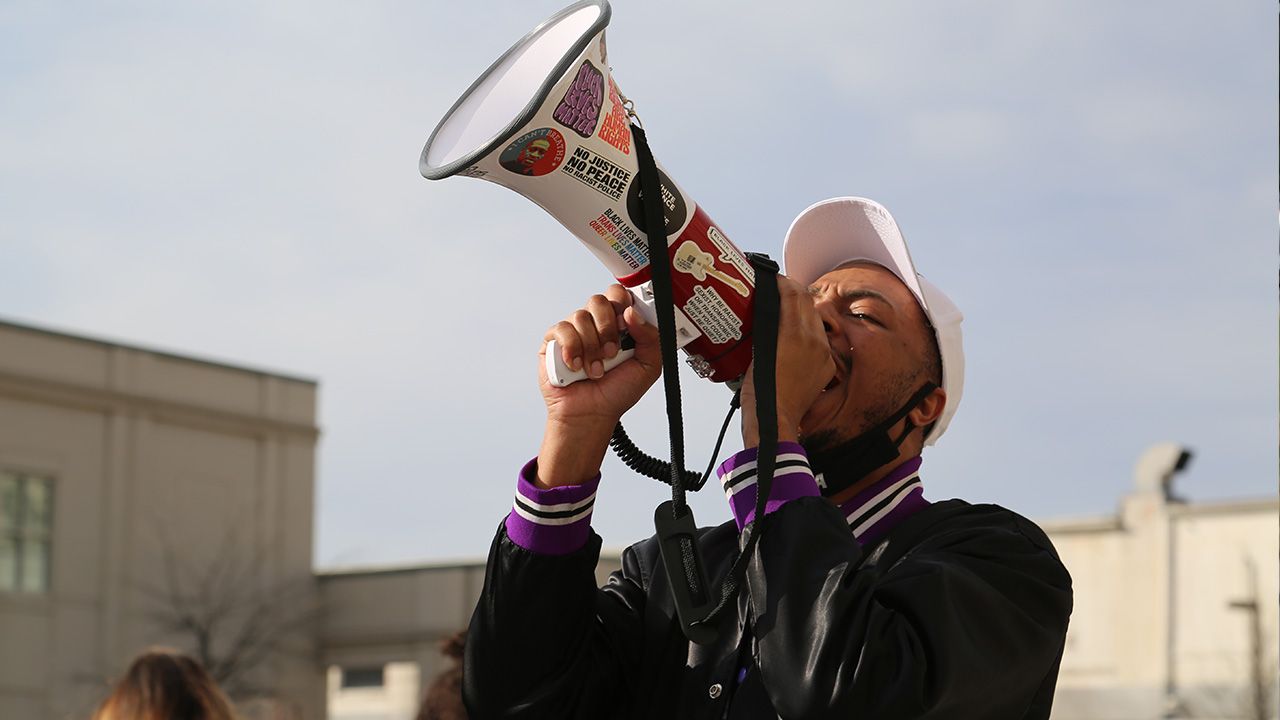
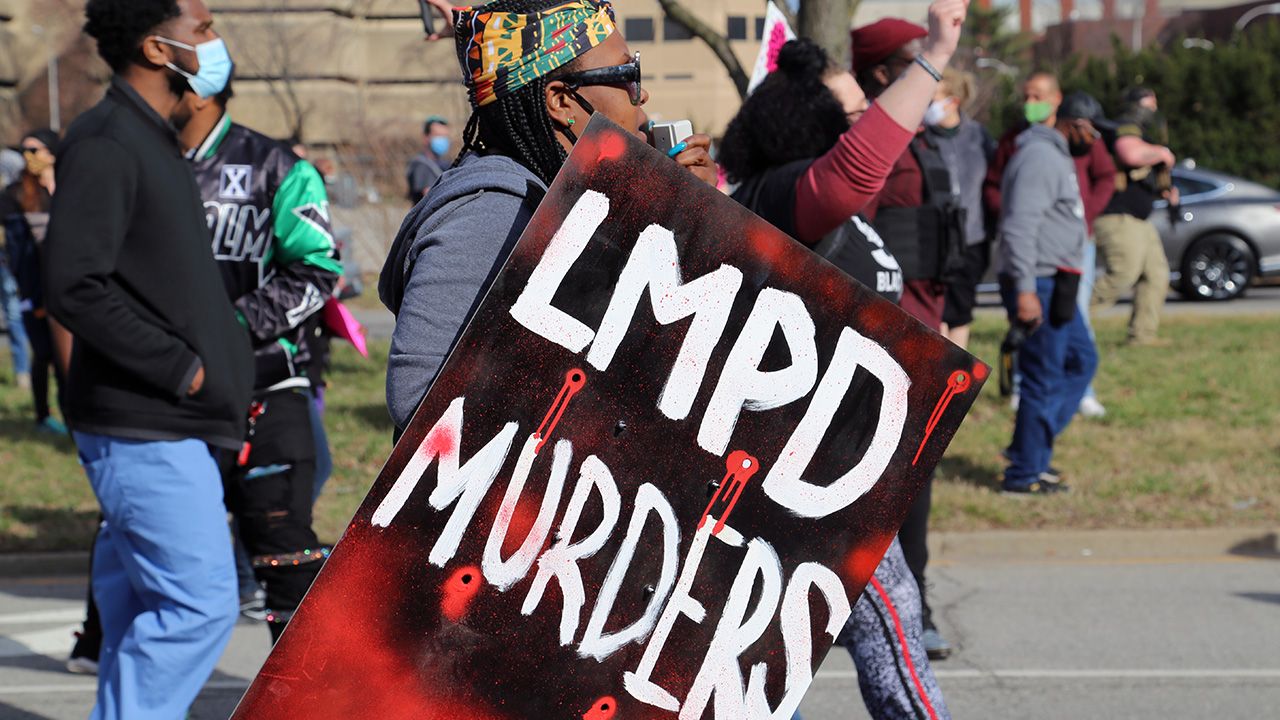
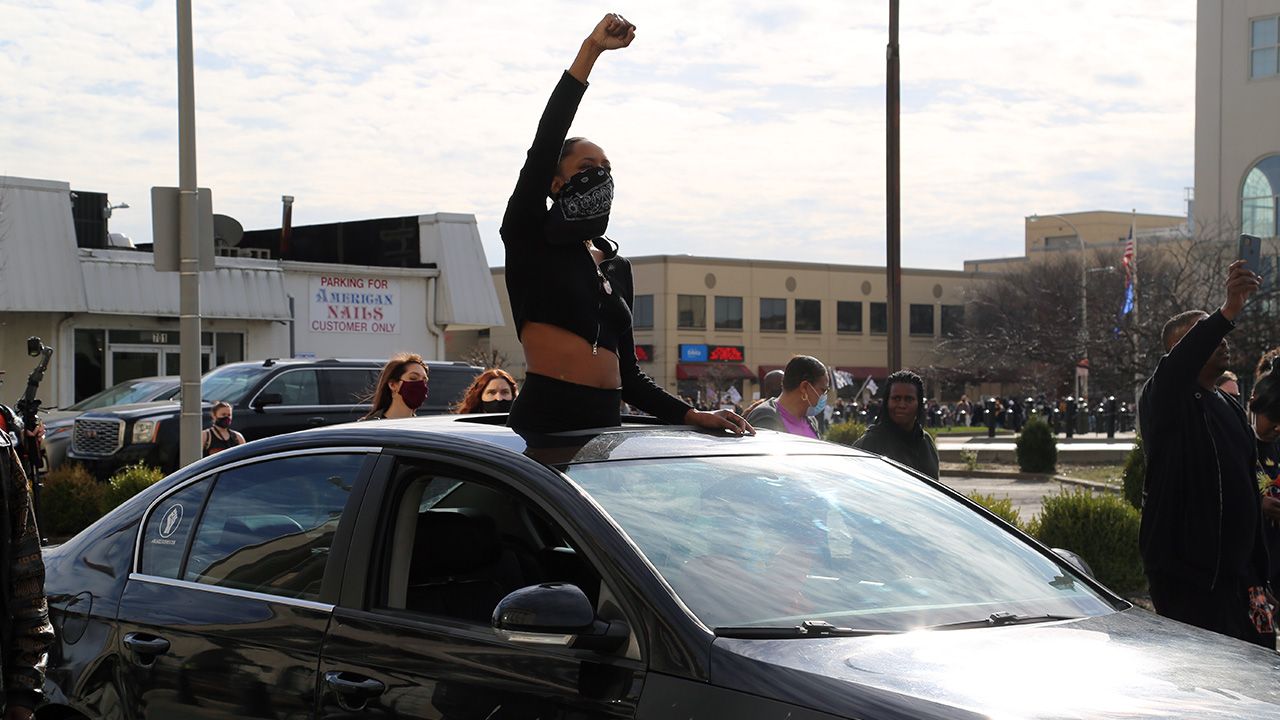

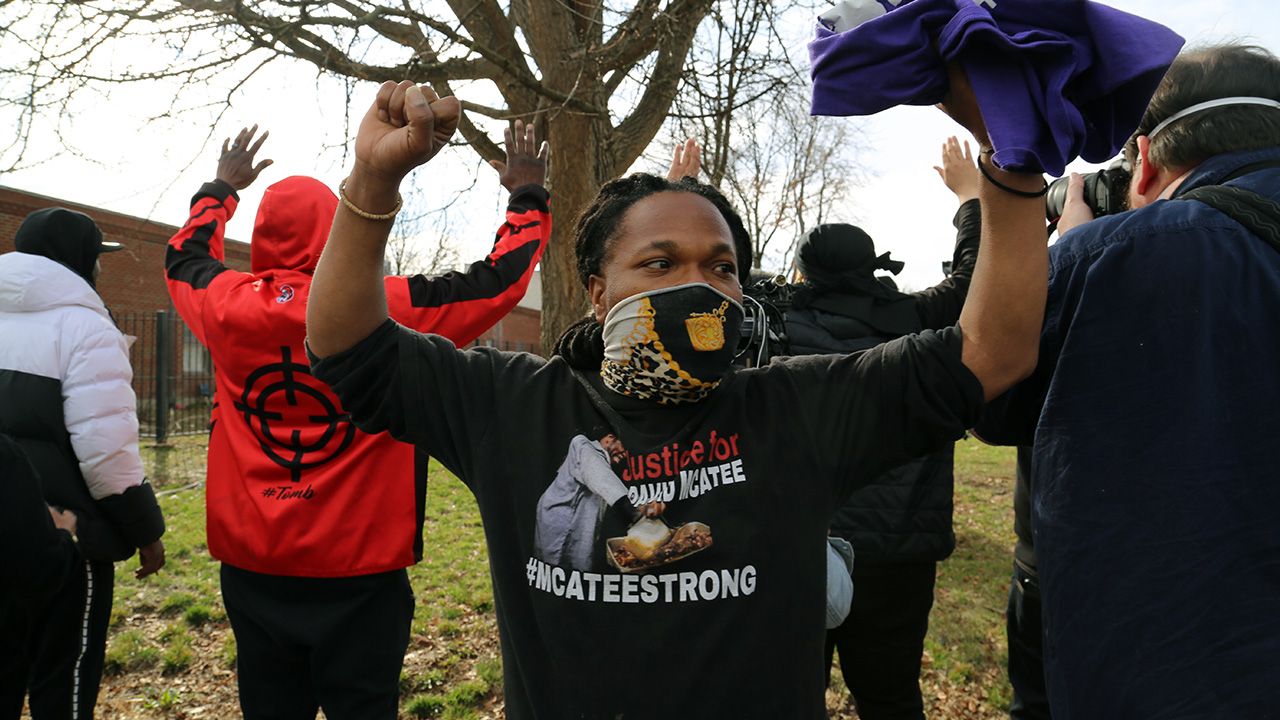
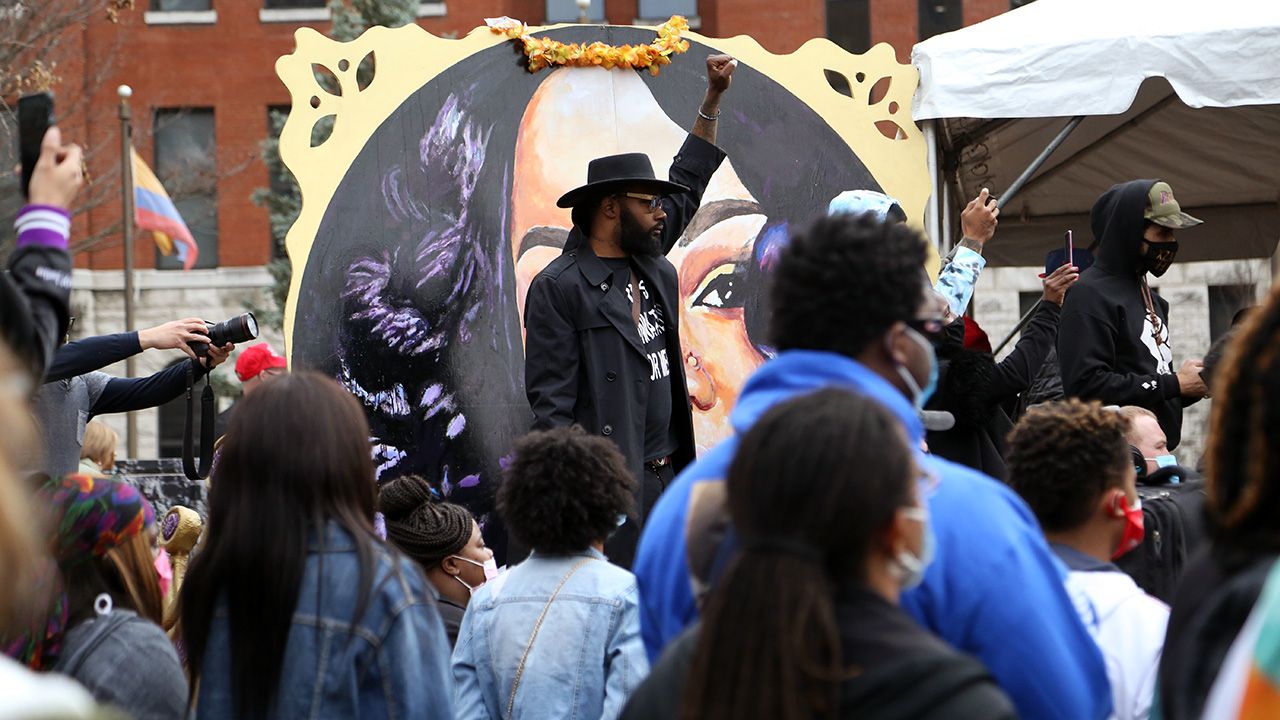
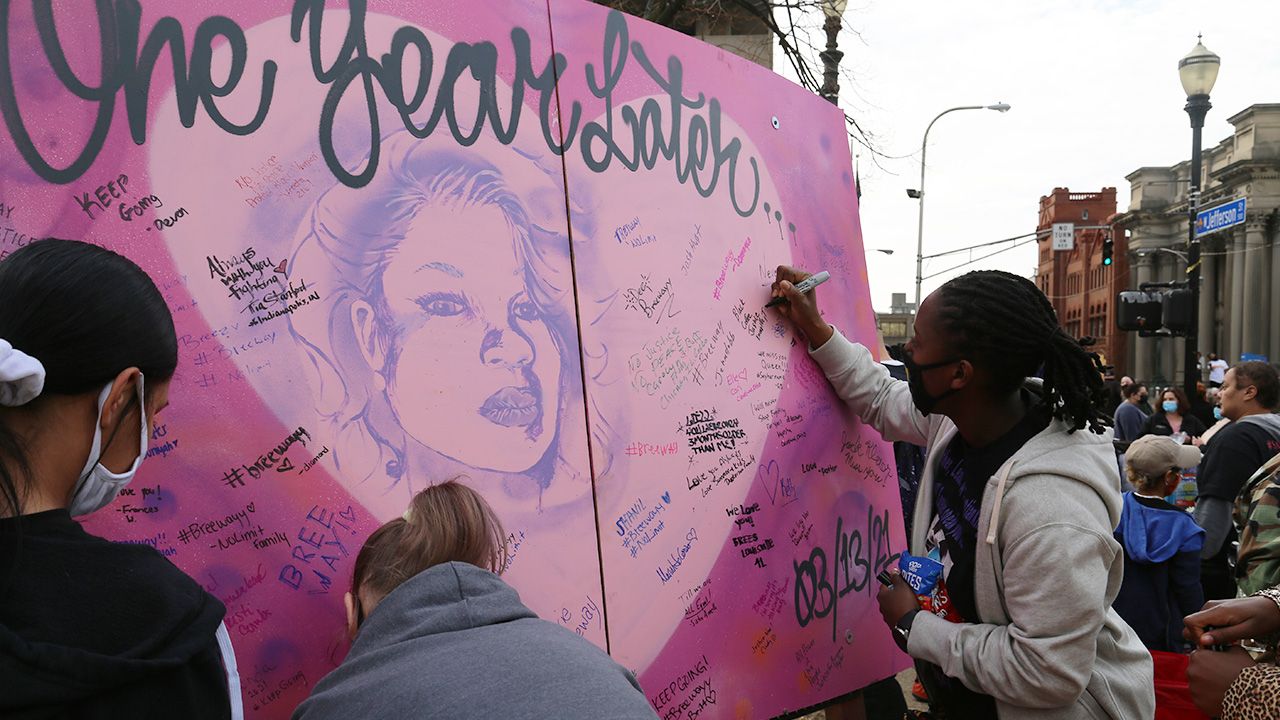
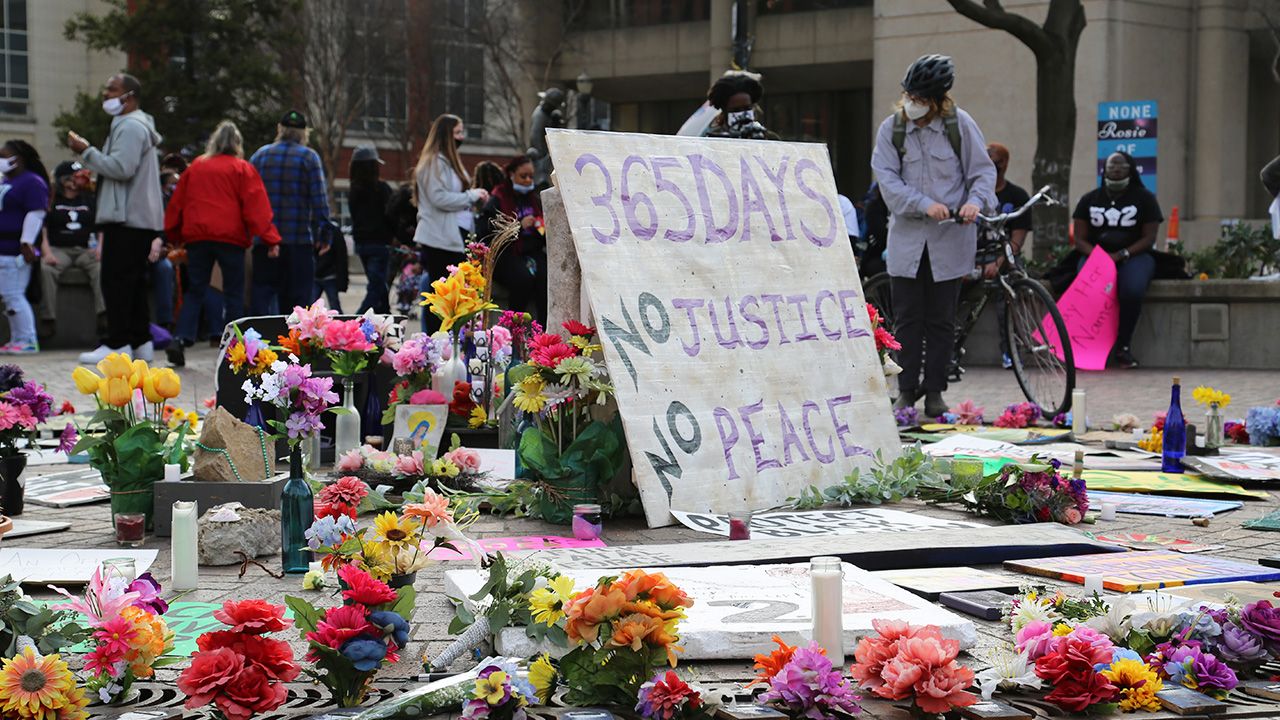
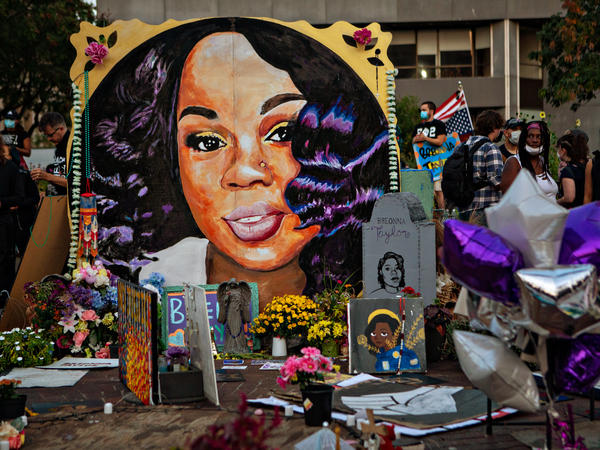








/cdn.vox-cdn.com/uploads/chorus_image/image/68961974/1199814440.0.jpg)

